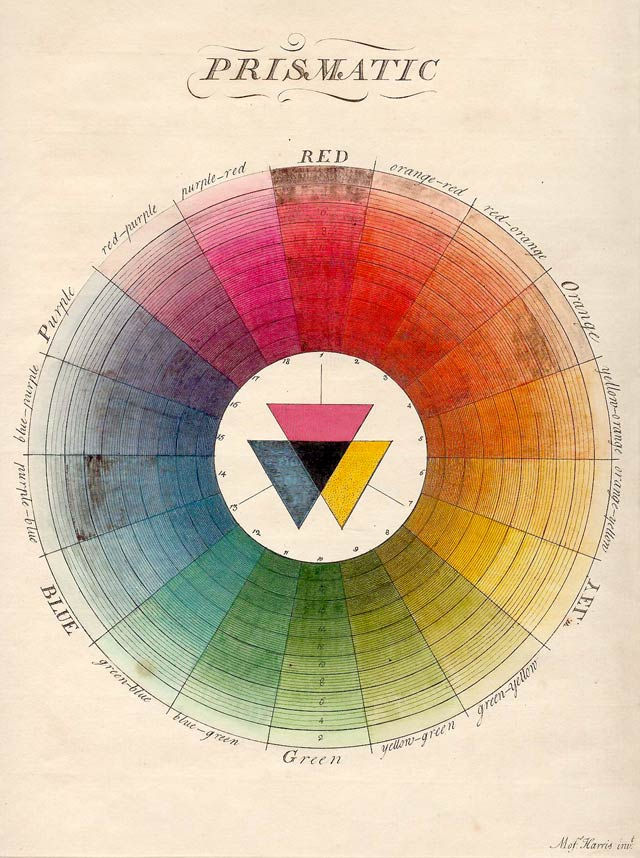The Story of Paint - The 2020 Soane Lecture at Moggerhanger Park
- Charlotte Gregory
- Dec 7, 2020
- 2 min read
Updated: Feb 9
Originally written for Oxford School of Architecture Magazine, March 2020
Moggerhanger Park, a gorgeous example of Sir John Soane's imaginative work, holds a lecture every year on topics relating to architectural heritage and conservation.
I was lucky enough to visit Moggerhanger for the first time in early March for this year's lecture, where we were joined by Edward Bulmer for a discussion on the history of pigments.
I'm sure to some this lecture topic might have been the equivalent of watching paint dry - why should we care about how pigments for art and design were created years ago? Especially now we have such a staggering variety of colours at our fingertips nowadays - what's the point?
The point that Edward Bulmer made that evening was that paint is as much a building material as a visual enhancer - it belongs as much to the built environment as timber and bricks. Using natural pigments and methods enhances our architecture, and especially in the case of buildings which use natural structural methods they help the building to breathe and to last longer.
We were taken through a colourful journey of the history of paint in interior and exterior design, exploring ancient ways of colour-making all the way up to the modern industry's reliance on plastic. We made stops along the way to learn about how the language of colour shaped interior spaces in the 17th, 18th and 19th centuries, when colour was a status symbol, and each room followed a hierarchy.
Perhaps it is odd that on an architectural blog I am discussing the simplicities of paint - but to me this is a message we could all take on board: architecture is not just in the grand sweeping gestures of high-rise offices, or sprawling public buildings, or rigidly planned streets.
Architecture is in the tiniest details - right down to how a building's paint is mixed. And all we really need are 12 pigments.

Yorumlar